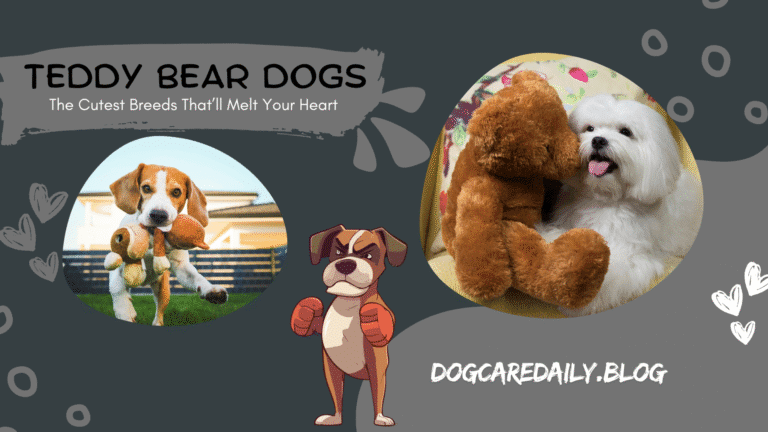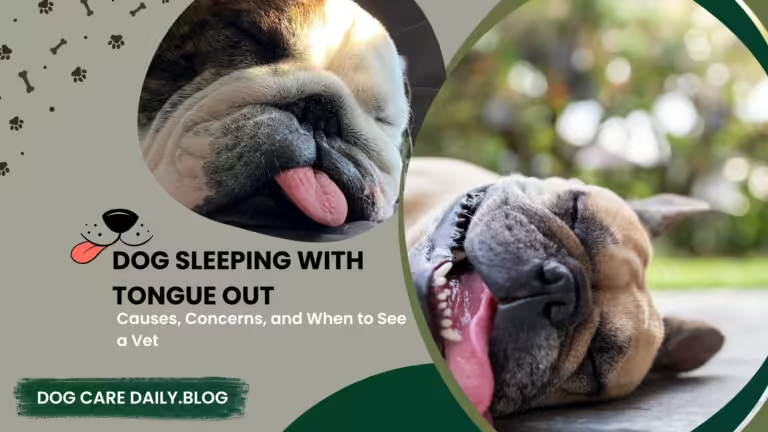Top 10 Scariest Dog Breeds That Make Perfect Guard Dogs
Dogs are often loyal companions, guardians, and family protectors. Some breeds possess a “scary” reputation because of their strong appearance and protective instincts. This article discusses some of the scariest dog breeds-those that appear intimidating but often have loyal, loving personalities with the right training and environment.
What Makes a Dog Breed “Scary”?
Several traits make a breed appear “scary“:
- Size and Strength: The bigger and the more muscular the dog is, the more intimidating they can be, such as the Mastiff or Rottweiler.
- Protective Instincts: Animals bred to guard will be naturally wary of strangers and may exhibit threatening postures.
- Historical Roles: Most breeds that look intimidating were bred to work or guard, which affects their disposition and physique.
Top Scariest Dog Breeds
1. Rottweiler
A Rottweiler is a strong and intimidating breed, with a large muscular body and very calm temperament. They are known for their strength, and during the history of the breed, they were mostly engaged in herding and guarding roles. They are smart and loyal but can become fierce protectors when necessary. Proper training and early socialization enhance appropriate behavior toward family and friends.

2. Doberman Pinscher
Dobermans are among the best guard dogs as they can be selected for security jobs especially where they are sleek and muscular, with fast reflexes. They are loyal and intelligent dogs that require a lot of exercise and mental stimulation. Although they look mean, a well socialized Doberman is attached to its family.
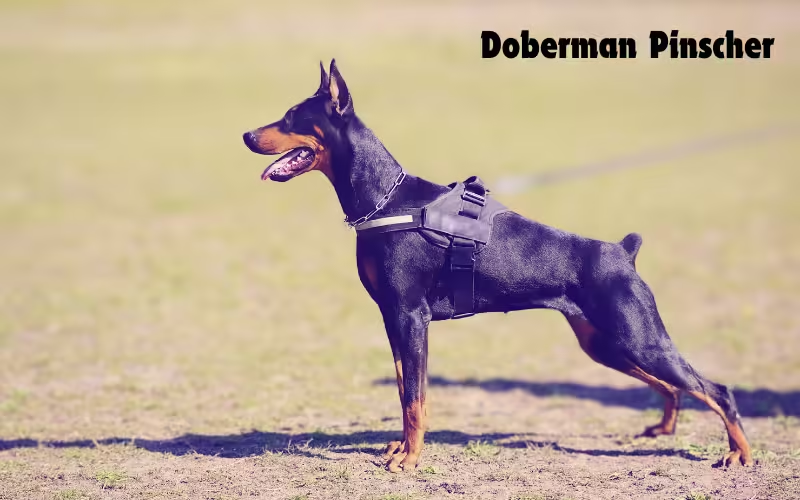
3. Pit Bull Terrier
Pit Bulls are the most misunderstood creatures due to their powerful body and fighting history. Undoubtedly, it is a friendly companion and very devoted if the upbringing goes proper. Highly trainable and highly powerful, they are the perfect choice for families in a healthy environment.
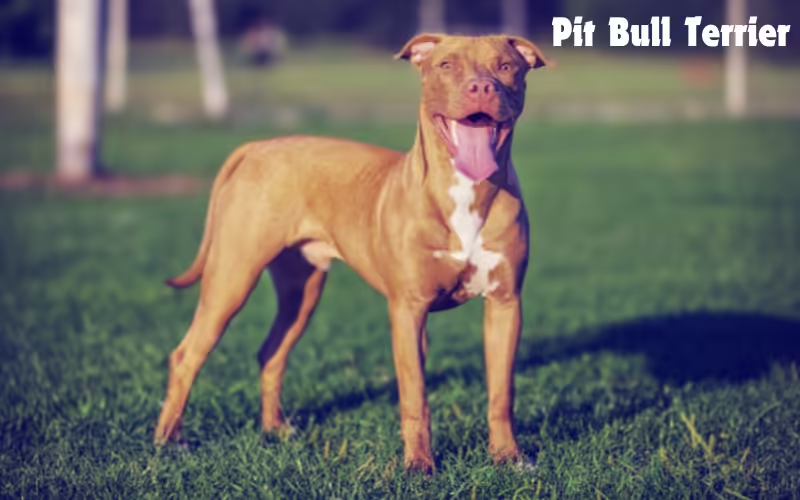
4. Cane Corso
It has a big and muscular body and has excellent protectiveness instincts. Originally bred as a watch dog, Cane Corso guards their owners with full appreciation and sharp loyalty. They are not easy to train and require intensive socialization early in life to distinguish the threat and non-threat situations.
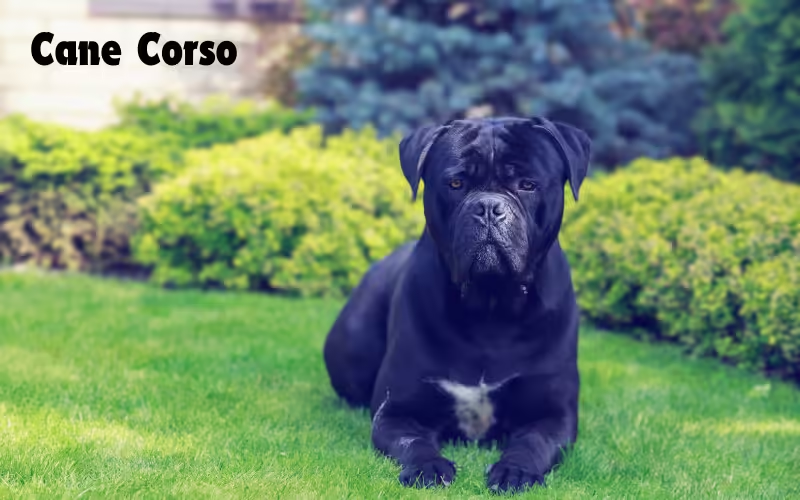
5. German Shepherd
German Shepherds are strong, protective, and very intelligent dogs valued greatly for police and military use. They are alert and agile, making them scary to strangers but loving with families.
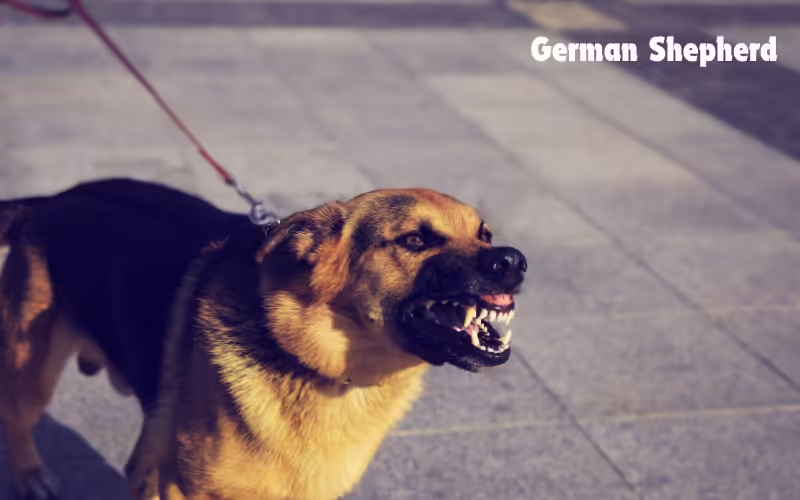
6. Great Dane
The Great Danes are quite intimidating just because they are one of the biggest dog breeds. However, gentle and loving, they hardly ever look for trouble with anyone, though their mighty bark and height are not to be trifled with, sending intruders running for cover.
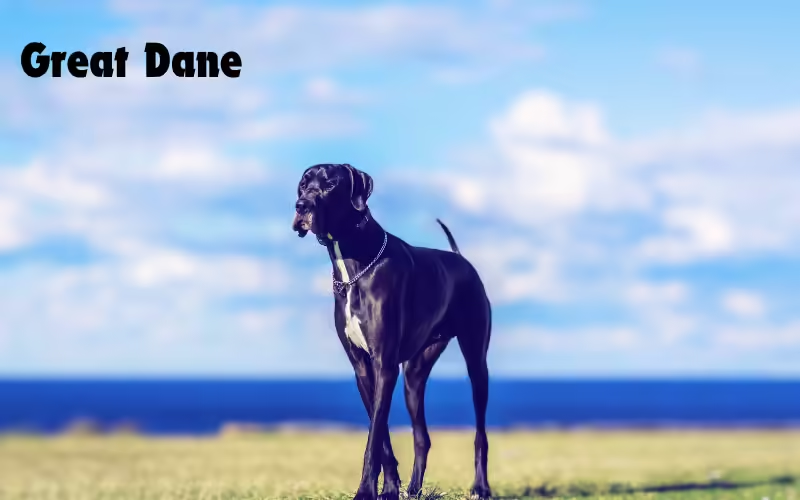
7. Bullmastiff
Originally bred to safeguard estates from poachers, Bullmastiffs are robust and powerful dogs weighing in excess of 100 pounds. They are normally docile, but they can act when needed to protect their family.
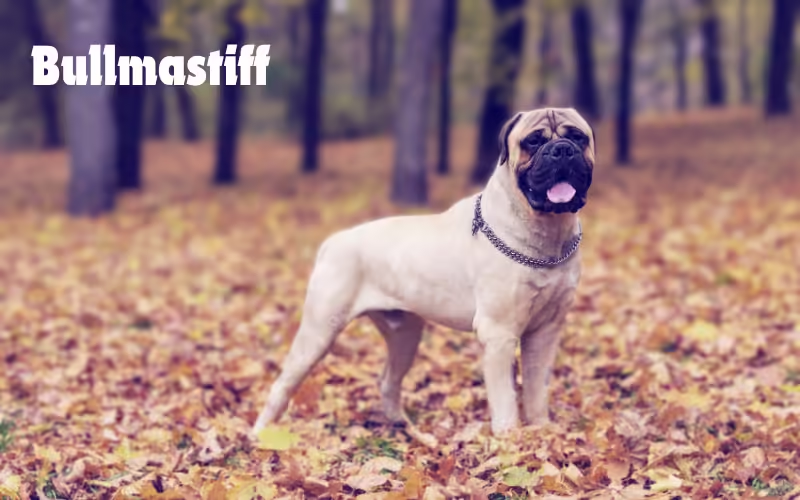
8. Tibetan Mastiff
With its very fluffy coat and lion-like appearance, the Tibetan Mastiff was bred as a watchdog to protect sheep at the Himalayas. These old breeds are independent as well as loyal but difficult unless an experienced owner can make it work with its very watchful instincts.
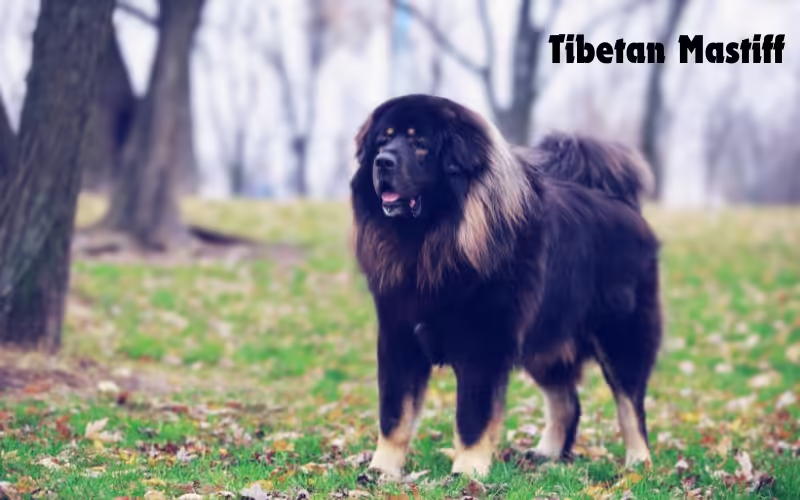
9. Belgian Malinois
These are highly energetic dogs with an extremely strong trainability ability and thus are often used for military and police work. Being extremely concentrated, Belgian Malinois dogs are good watchdogs with fast responses; however, they do require exercise every day to keep from exhibiting high-energy behavior.

10. Dogo Argentino
These dogs were bred in Argentina as hunting dogs for large game. Dogo Argentinos are known for their guard instincts and thus must have firm, consistent training in order to manage this type of instinct.
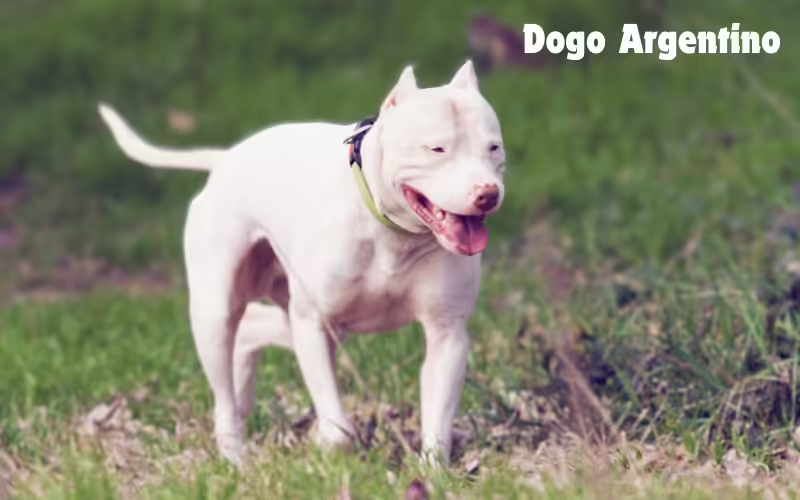
Honorable Mentions
Several other breeds, the Akita Inu, Boerboel, and Presa Canario, also carry intimidating appearance or guarding features that could make them seem “frightening.” Each breed needs an experienced owner that can provide proper socialization and training.
Factors That Influence a Dog’s Behavior
While some dogs seem intimidating, behavior greatly depends on:
- Training: Proper training enables dogs to learn proper behavior.
- Socialization: Subjecting a dog to multiple humans, places, and other animals earlier reduces the fearsome reactions of dogs against new situations.
- Environment: A stable and caring environment develops a dog from breeds that have great instinctual guarding ability.
Responsible Ownership of Scary-Looking Breeds
As an owner of the feared breed of dog has its privileges and duties:
- Training: Employ a professional coach who works with the intimidating dogs. Especially, he who exhibits guarding instincts must undergo coaching.
- Socialization: Introduce the animal slowly to new people and new locations.
- Exercise: Many intimidating breeds are very energetic, and they have higher energy needs compared to others. If unmet, these needs end up contributing to unwanted behavior.
Debunking Myths About Scary Breeds
Most of these breeds are not only very loyal but can be quite gentle if approached with proper handling. That they are “naturally aggressive” often comes from mishandling or lack of socialization rather than who they are.
FAQs
1. Are these scary breeds more dangerous?
No; behavior is a consequence of training, socialization, and responsible ownership.
2. Can these breeds be family pets?
Yes, with proper training, most can be excellent family dogs.
3. What should I consider before adopting an intimidating breed?
Make sure you have time, space, and patience for exercise, training, and socialization.
4. Are large dogs more likely to be aggressive?
No, the size has nothing to do with aggression. A big dog can be excellent; it depends on temperament and training.
5. How do I approach an intimidating dog safely?
Treat it with respect, and approach in a calm manner, making no sudden moves.
6. Are there legal restrictions on these breeds?
There are places that actually restrict breeds like Pit Bull or Dogo Argentino because of their bad reputation, so check it at your local regulation.
Conclusion: Understanding All Breeds
Scary looking dogs often carry misconceptions about aggression and danger. Understanding each breed’s needs and giving the proper training can make these dogs loving, loyal, and protective companions. Whether it is a Rottweiler or a Tibetan Mastiff, all dogs deserve a fair chance to prove their true, gentle nature.


